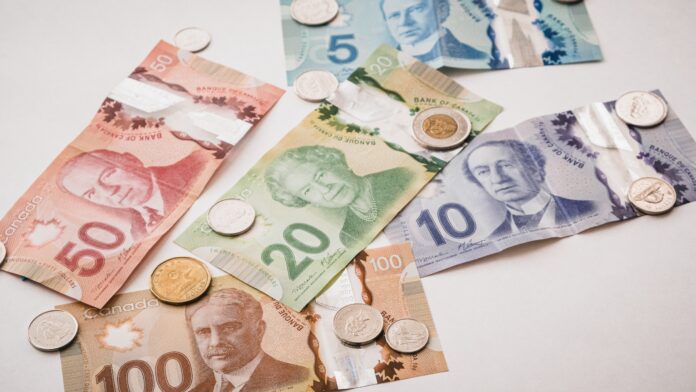Foreign exchange trading, or forex trading, is one of the most popular forms of trading right now. It is fairly easy to get into, suits almost all budgets, and the learning curve is manageable for most.
If you are a seasoned trader or a beginner, you may not know the basics of forex. This guide will not only help you get started but used in combination with platforms such as trading view; it will help you begin your forex trading journey.
What is Forex?
Forex is short for foreign exchange and is the process of buying and selling foreign currencies. Unlike stocks, where you buy one stock and leave it, forex works with currency pairs. A currency pair is simply the two currencies you are trading with; you buy and sell them against each other.
For example, you choose the Pound/Dollar pair; you use pounds to buy dollars, wait for the dollar to strengthen, and then sell it again for pounds. You will then get more pounds back than what you started with.
How do you Trade It?

As mentioned above, trading takes place using currency pairs. To expand on the previous example, if £10 buys you $15, and the dollar strengthens against the pound, your $15 is now worth more than the initial £10 you purchased it for. You then sell and get £12 back.
This is an incredibly basic example, but it is how people make money from forex trading. You are making money off currencies weakening or strengthening against others.
Types of Trading
There are multiple forex trading strategies, but there are three that are the most popular amongst beginner traders or traders that want to dive head first into Forex.
Scalping
Scalping is a popular but labor-intensive form of trading. Since currency values fluctuate constantly, there is always money to be made, even if it is just a little bit. Scalp traders watch these slight fluctuations and trade them throughout the day. They hold their positions for a few seconds or minutes and then build up profit using dozens of these tiny trades.
Day Trading
Day trading is precisely what you think it is; it is doing a few trades over a day. This is a strategy used by beginners and those without a lot of time to trade, as you put your position in at the beginning of the day and take it out at the end.
This strategy is less work, doesn’t require as much attention as scalp trading, but still offers reasonable returns.
Position Trading
Position trading is a long-term trading strategy. Position traders will often leave their trades for weeks, months, or even years. This trade is effective as most currencies grow stronger over time, and therefore profits may be much slower, but there is a better chance of getting them.
Which Currencies can be Traded?
Depending on the platform you use, there can be dozens, if not hundreds, of currency pairs to trade with. You will get the well-known ones like Dollar/Euro, Euro/Pound, etc., but you also get “exotic” pairings.
These pairings will be currencies from emerging markets, with examples being Dollar/Mexican Peso or Euro/Swedish Krona. Not every platform offers every pair, but there is a massive variety of trading pairs to choose from.
Market Volatility
The question that most traders will have is how volatile the market is. The forex market is one of the most liquid markets in the world, but governmental or financial problems within a currency can cause it to be more volatile.
Forex Leverage Explained
One of the big draws of forex trading is the use of leverage. While forex can suit all budgets, to make a lot of money, you need to trade a lot of money. This is due to profits on trades often being a few cents. For example, a $100 investment may only get you a 10% profit ($10), but a 10% profit on $10,000 is $1000.
Platforms will offer anything from 5x to even 50x leverage, allowing you to take your small budget and turn it into a proper trading wallet. While leverage can be used by anyone, it is especially helpful for those with limited trading budgets.





